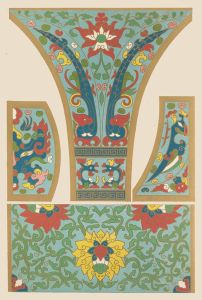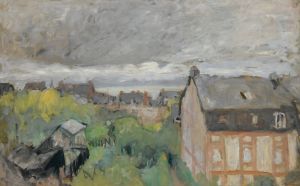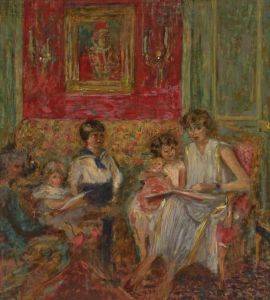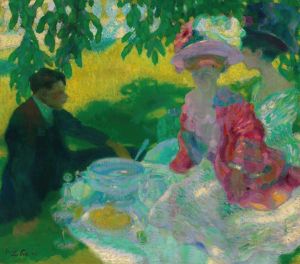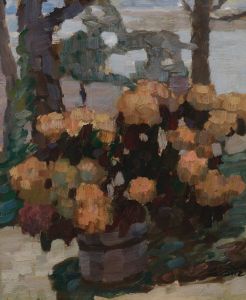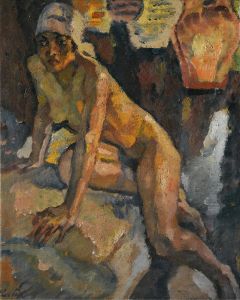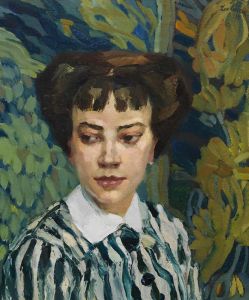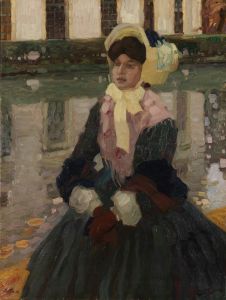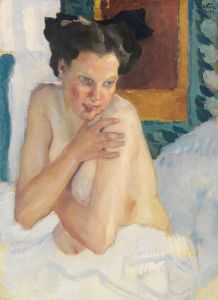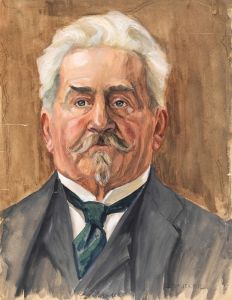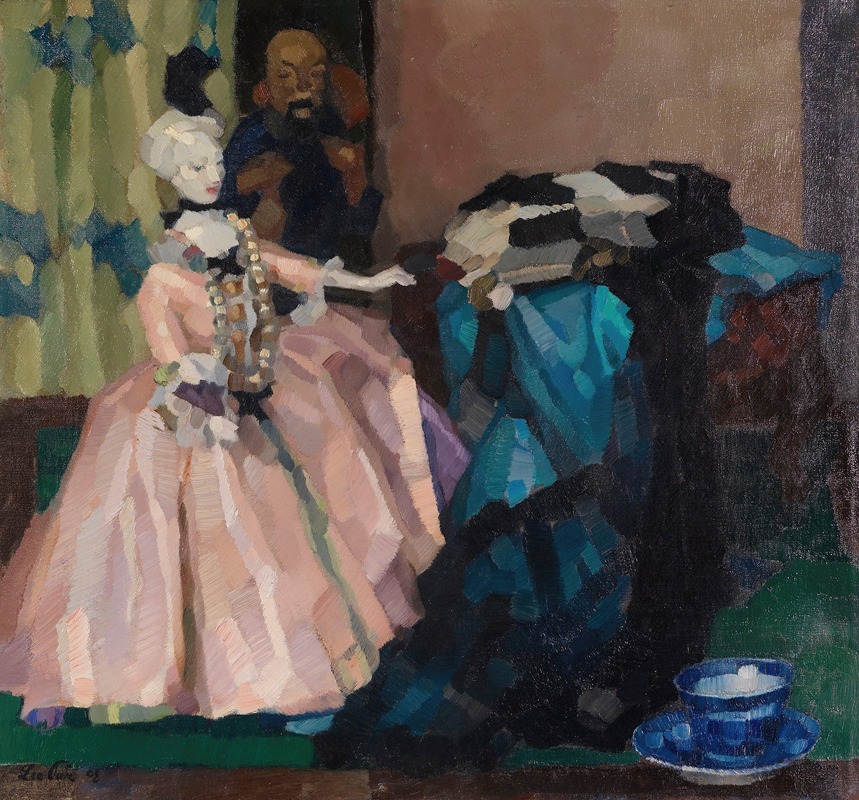
Weiße Puppe
A hand-painted replica of Leo Putz’s masterpiece Weiße Puppe, meticulously crafted by professional artists to capture the true essence of the original. Each piece is created with museum-quality canvas and rare mineral pigments, carefully painted by experienced artists with delicate brushstrokes and rich, layered colors to perfectly recreate the texture of the original artwork. Unlike machine-printed reproductions, this hand-painted version brings the painting to life, infused with the artist’s emotions and skill in every stroke. Whether for personal collection or home decoration, it instantly elevates the artistic atmosphere of any space.
Leo Putz was a prominent German painter known for his contributions to the Impressionist and Art Nouveau movements. One of his notable works is "Weiße Puppe," which translates to "White Doll" in English. This painting is a fine example of Putz's skill in capturing the delicate interplay of light and color, a hallmark of his artistic style.
Born in 1869 in Merano, which was then part of the Austro-Hungarian Empire, Putz was exposed to a rich cultural environment that influenced his artistic development. He studied at the Academy of Fine Arts in Munich, where he was mentored by several influential artists of the time. Putz's early works were heavily influenced by Impressionism, characterized by loose brushwork and a focus on the effects of light.
"Weiße Puppe" was created during a period when Putz was exploring themes of femininity and beauty, often depicting women in serene, introspective poses. This painting is no exception, featuring a female figure with a contemplative expression, surrounded by a soft, ethereal atmosphere. The title "White Doll" suggests a sense of purity and innocence, which is reflected in the subject's delicate features and the subtle use of color.
The painting is notable for its use of light and shadow, which Putz expertly manipulates to create a sense of depth and dimension. The soft, diffused light envelops the subject, highlighting her features and creating a gentle contrast with the background. Putz's brushwork is fluid and expressive, capturing the nuances of the subject's expression and the texture of her surroundings.
Putz was a member of the Munich Secession, a group of artists who sought to break away from the traditional academic art of the time. This affiliation is evident in "Weiße Puppe," as Putz employs a modern approach to composition and subject matter. The painting reflects the Secessionist ideals of innovation and individuality, showcasing Putz's ability to blend traditional techniques with contemporary themes.
Throughout his career, Putz exhibited his works in numerous galleries and exhibitions across Europe, gaining recognition for his unique style and artistic vision. His contributions to the art world were significant, influencing a generation of artists who followed in his footsteps. "Weiße Puppe" remains an important piece in Putz's oeuvre, exemplifying his mastery of color, light, and form.
Today, Leo Putz's works, including "Weiße Puppe," are held in various private collections and museums, where they continue to be appreciated for their beauty and technical excellence. Putz's legacy as a pioneering artist of the late 19th and early 20th centuries endures, with "Weiße Puppe" standing as a testament to his artistic achievements and his enduring influence on the world of art.






